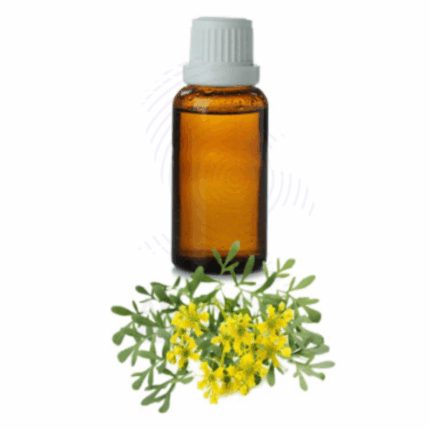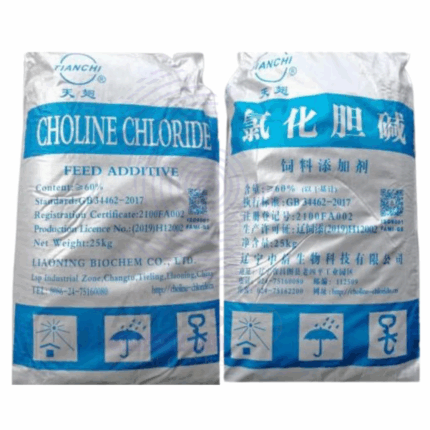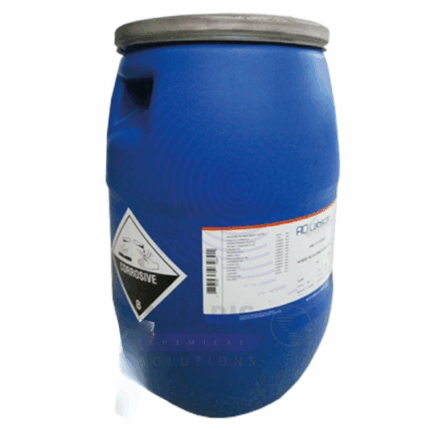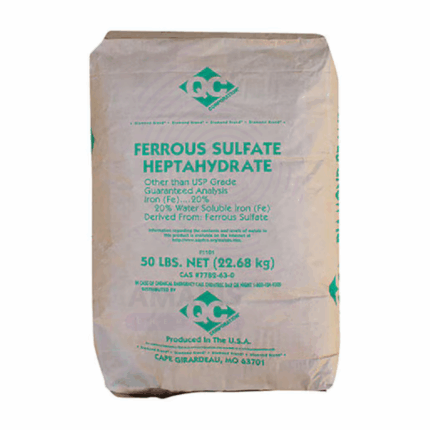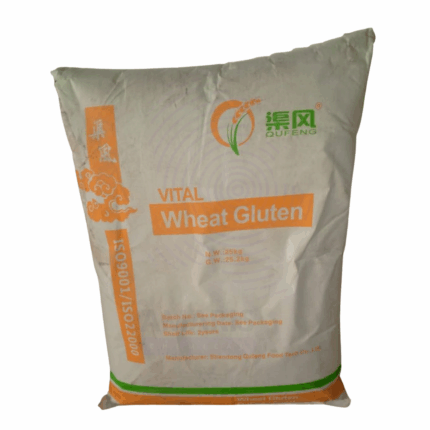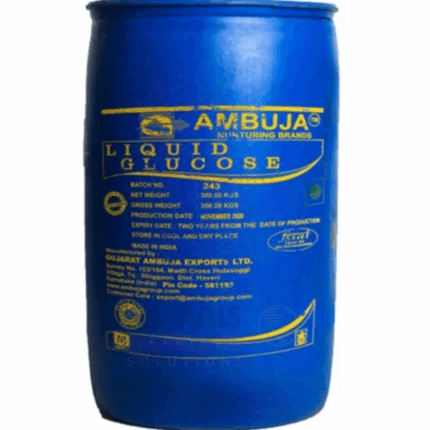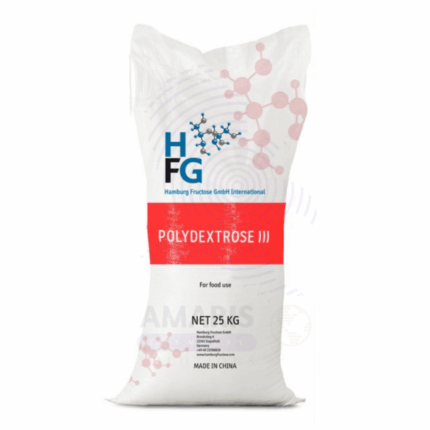Zinc chloride
Zinc Chloride is a highly versatile, white crystalline inorganic compound known for its strong hygroscopic nature and high solubility in water. It serves multiple industrial roles including fluxing, dehydrating, catalysis, and preservation. With applications across metallurgy, pharmaceuticals, textiles, water treatment, and chemical synthesis, Zinc Chloride is valued for its reactivity and binding properties.
Zinc chloride
Primary Uses
Metallurgical Industry
- Flux Agent: Used in galvanizing, soldering, and tinning to remove oxides and promote metal adhesion.
- Electroplating: Acts as an electrolyte in zinc electroplating processes.
Chemical Industry
- Catalyst: Promotes reactions such as Friedel-Crafts alkylation and polymerizations.
- Dehydrating Agent: Used in organic synthesis to remove water and drive chemical reactions forward.
Textile Industry
- Mercerization & Printing: Aids in treating fabrics to enhance strength and dye uptake.
- Textile Fiber Dissolution: Used to dissolve cellulose in viscose rayon production.
Water Treatment
- Corrosion Inhibitor: Added to industrial water systems to prevent pipe corrosion.
Petroleum Industry
- Oil Refining: Acts as a catalyst in hydrocracking and other refining processes.
Secondary Uses
Pharmaceutical Industry
- Astringent & Disinfectant: Used in topical formulations and antiseptic preparations (in limited, regulated concentrations).
Wood Preservation
- Preservative Agent: Protects timber from rot and insects when used in treating wood.
Batteries & Electronics
- Electrolyte Additive: Used in Leclanché (dry cell) batteries to maintain ionic conductivity.
Rubber & Adhesives
- Activator: Enhances vulcanization and adhesive bonding in some specialty applications.
Laboratory Use
- Reagent Grade Chemical: Widely used in qualitative analysis and synthesis in research labs.
Deodorants & Personal Care
- Odor Neutralizer (Historic Use): Formerly used in some formulations for its astringent properties. (Now limited due to safety concerns.)
Basic Identification Attributes
- Chemical Name (IUPAC): Zinc chloride
- Common/Trade Name: Zinc Chloride
- CAS Number: 7646-85-7
- HS Code: 2827.39.00
- Synonyms: Zinc dichloride, ZnCl₂
Physical & Chemical Properties
- Physical State: White crystalline solid or powder
- Color & Odor: White; odorless
- Melting Point: ~290 °C
- Boiling Point: Sublimes at 732 °C (decomposes)
- Density: 2.91 g/cm³
- Solubility: Highly soluble in water, ethanol, and glycerol
- Hygroscopicity: Strongly hygroscopic
Safety & Hazard Attributes
- GHS Classification:
- Corrosive to skin and eyes
- Harmful if swallowed or inhaled
- Toxicity: Moderate; causes burns and mucosal irritation
- Exposure Limits: Follow OSHA and ACGIH guidelines
Storage & Handling Attributes
- Storage Conditions: Store in tightly closed containers, in a cool, dry, well-ventilated area
- Container Type: Plastic-lined drums or sealed HDPE containers
- Shelf Life: Up to 2 years under optimal conditions
- Handling Precautions: Avoid moisture exposure; use PPE due to corrosive nature
Regulatory & Compliance Attributes
- Complies with REACH, TSCA, and OSHA chemical regulations
- Listed on international chemical inventories (EINECS, DSL, etc.)
- Subject to restrictions in food/pharma use; follow country-specific guidelines
- Manufactured under ISO 9001 and ISO 14001 standards when applicable
Environmental & Health Impact
- Biodegradability: Not applicable (inorganic compound)
- Ecotoxicity: Toxic to aquatic life; must be prevented from entering water bodies
- Bioaccumulation: Low; zinc is an essential but potentially toxic trace element
Safety Handling Precautions
- PPE Required: Gloves, eye protection, dust mask or respirator
- Handling Guidelines: Use in well-ventilated areas; avoid contact with skin and mucous membranes
- Storage Measures: Keep containers sealed and protected from moisture
First Aid Measures
- Inhalation: Move to fresh air immediately; seek medical help if respiratory symptoms occur
- Skin Contact: Rinse with water for 15 minutes; remove contaminated clothing
- Eye Contact: Rinse with plenty of water for at least 15 minutes; seek urgent medical care
- Ingestion: Do not induce vomiting; seek medical attention immediately
Firefighting Measures
- Fire Hazards: Non-flammable, but decomposes at high temperature to release toxic fumes
- Extinguishing Media: Use suitable extinguishing agents for surrounding fire (e.g., water spray, dry powder)
- Hazardous Combustion Products: Hydrogen chloride, zinc oxide fumes


 Preservatives(food)
Preservatives(food) Flavor Enhancers
Flavor Enhancers Acidulants
Acidulants Sweeteners
Sweeteners Antioxidants
Antioxidants Colorants(food)
Colorants(food) Nutraceutical Ingredients (food)
Nutraceutical Ingredients (food) Nutrient Supplements
Nutrient Supplements Emulsifiers
Emulsifiers
 Collectors
Collectors Dust Suppressants
Dust Suppressants Explosives and Blasting Agents
Explosives and Blasting Agents Flocculants and Coagulants
Flocculants and Coagulants Frothers
Frothers Leaching Agents
Leaching Agents pH Modifiers
pH Modifiers Precious Metal Extraction Agents
Precious Metal Extraction Agents
 Antioxidants(plastic)
Antioxidants(plastic) Colorants (Pigments, Dyes)
Colorants (Pigments, Dyes) Fillers and Reinforcements
Fillers and Reinforcements Flame Retardants
Flame Retardants Monomers
Monomers Plasticizers
Plasticizers Polymerization Initiators
Polymerization Initiators Stabilizers (UV, Heat)
Stabilizers (UV, Heat)
 Antifoaming Agents
Antifoaming Agents Chelating Agents
Chelating Agents Coagulants and Flocculants
Coagulants and Flocculants Corrosion Inhibitors
Corrosion Inhibitors Disinfectants and Biocides
Disinfectants and Biocides Oxidizing Agents
Oxidizing Agents pH Adjusters
pH Adjusters Scale Inhibitors( water)
Scale Inhibitors( water)
 Antioxidants(cosmetic)
Antioxidants(cosmetic) Emollients
Emollients Fragrances and Essential Oils
Fragrances and Essential Oils Humectants
Humectants Preservatives
Preservatives Surfactants(cosmetic)
Surfactants(cosmetic) Thickeners
Thickeners UV Filters
UV Filters
 Fertilizers
Fertilizers Soil Conditioners
Soil Conditioners Plant Growth Regulators
Plant Growth Regulators Animal Feed Additives
Animal Feed Additives Biostimulants
Biostimulants Pesticides (Herbicides, Insecticides, Fungicides)
Pesticides (Herbicides, Insecticides, Fungicides)
 Active Pharmaceutical Ingredients (APIs)
Active Pharmaceutical Ingredients (APIs) Excipients
Excipients Solvents(pharmaceutical)
Solvents(pharmaceutical) Antibiotics
Antibiotics Antiseptics and Disinfectants
Antiseptics and Disinfectants Vaccine Adjuvants
Vaccine Adjuvants Nutraceutical Ingredients (pharmaceutical)
Nutraceutical Ingredients (pharmaceutical) Analgesics & Antipyretics
Analgesics & Antipyretics
 Analytical Reagents
Analytical Reagents Solvents(lab)
Solvents(lab) Chromatography Chemicals
Chromatography Chemicals Spectroscopy Reagents
Spectroscopy Reagents microbiology-and-cell-culture-reagents
microbiology-and-cell-culture-reagents Molecular Biology Reagents
Molecular Biology Reagents Biochemical Reagents
Biochemical Reagents Inorganic and Organic Standards
Inorganic and Organic Standards Laboratory Safety Chemicals
Laboratory Safety Chemicals Specialty Laboratory Chemicals(Special Laboratory Equipment)
Specialty Laboratory Chemicals(Special Laboratory Equipment)
 Demulsifiers
Demulsifiers Hydraulic Fracturing Fluids
Hydraulic Fracturing Fluids Scale Inhibitors(oil)
Scale Inhibitors(oil) Surfactants(oil)
Surfactants(oil) Drilling Fluids
Drilling Fluids
 Dyes and Pigments
Dyes and Pigments Bleaching Agents
Bleaching Agents Softening Agents
Softening Agents Finishing Agents
Finishing Agents Antistatic Agents
Antistatic Agents
 Admixtures
Admixtures Waterproofing Agents
Waterproofing Agents Sealants and Adhesives
Sealants and Adhesives Curing Compounds
Curing Compounds Concrete Repair Chemicals
Concrete Repair Chemicals Anti-Corrosion Coatings
Anti-Corrosion Coatings
 Surfactants(cleaning)
Surfactants(cleaning) Builders
Builders Enzymes
Enzymes Solvents (Cleaning)
Solvents (Cleaning) Fragrances
Fragrances
 Electronic Chemicals
Electronic Chemicals Catalysts
Catalysts Lubricants
Lubricants Photographic Chemicals
Photographic Chemicals Refrigerants
Refrigerants Automotive chemicals
Automotive chemicals Pyrotechnic Chemicals
Pyrotechnic Chemicals
 Biodegradable Surfactants
Biodegradable Surfactants Bio-based Solvents
Bio-based Solvents Renewable Polymers
Renewable Polymers Carbon Capture Chemicals
Carbon Capture Chemicals Wastewater Treatment Chemicals
Wastewater Treatment Chemicals
 Pigments
Pigments Solvents(paint)
Solvents(paint) Specialty Coatings
Specialty Coatings Binders/Resins
Binders/Resins Additives
Additives Driers
Driers Anti-Corrosion Agents
Anti-Corrosion Agents Functional Coatings
Functional Coatings Application-Specific Coatings
Application-Specific Coatings
 Fresh Herbs
Fresh Herbs Ground Spices
Ground Spices Whole Spices
Whole Spices Spice Blends
Spice Blends Dried Herbs
Dried Herbs
 Leavening Agents
Leavening Agents Dough Conditioners
Dough Conditioners Flour Treatments
Flour Treatments Fat Replacers
Fat Replacers Decoratives
Decoratives Preservatives(baking)
Preservatives(baking)
 Plasticizers & Softeners
Plasticizers & Softeners Reinforcing Agents
Reinforcing Agents Adhesion Promoters
Adhesion Promoters Vulcanizing Agents
Vulcanizing Agents Antidegradants
Antidegradants Blowing Agents
Blowing Agents Fillers & Extenders
Fillers & Extenders Accelerators & Retarders
Accelerators & Retarders

